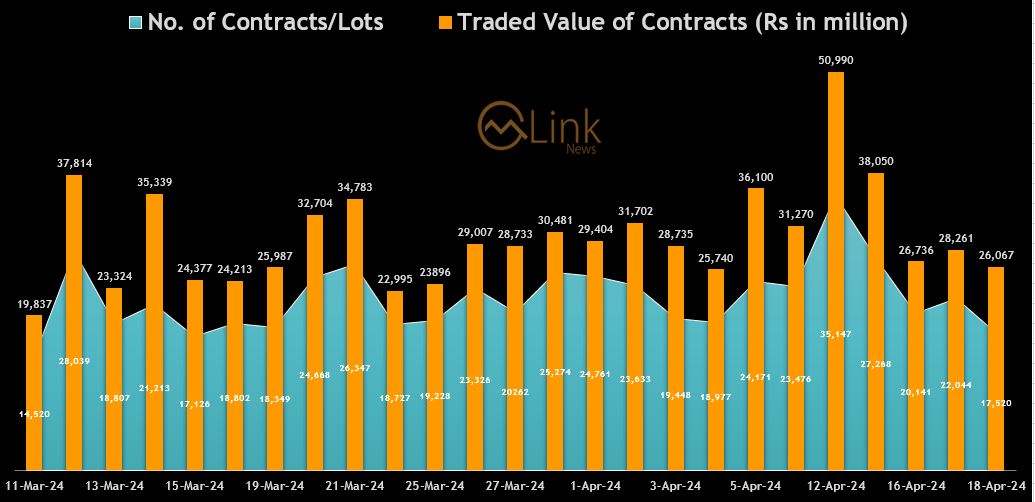As states lift stay-home orders, many employees are being told to get back to work. That puts many parents of young children in a dilemma: How do you go back to work when you don’t have child care? Fortunately,...
As states lift stay-home orders, many employees are being told to get back to work.
That puts many parents of young children in a dilemma: How do you go back to work when you don’t have child care?
Fortunately, there is an option that doesn’t require you to choose between earning a paycheck and caring for your kids.
How to Take Leave if You Don’t Have Child Care Due to Coronavirus
You may be able to take up to 12 weeks of paid leave through the end of 2020 under the Families First Coronavirus Response Act if you’re unable to work due to COVID-19. If you can’t work because you don’t have child care as the result of coronavirus, that counts. We’ll discuss what it actually means to be unable to work in this scenario shortly.
The weird thing about the law: It only applies to private employers with fewer than 500 employees. Usually, smaller companies are the ones that qualify for exemptions.
Provided that you’ve worked for your employer for at least 30 days, you can qualify for:
Two weeks of leave at 100% pay, up to $511 per day. An additional 10 weeks of leave at up to two-thirds pay, up to $200 per day.A couple of exceptions apply: Businesses with 50 or fewer employees can be exempt if they can show that allowing you to take leave for child care could put them out of business, which is pretty unlikely, as we’ll see in a moment. Employers can also exclude health care workers and emergency responders from leave.
If you’re a public-sector employee, the rules are especially complicated about what kind of leave you can take. Questions 52-57 of this Department of Labor FAQ provide some guidance for public-sector employees, health care workers and emergency responders.
The Rules for Taking Leave Under FFCRA
If you meet the requirements, taking leave if you’re unable to work due to coronavirus is your right. It isn’t an optional benefit that your employer can decide not to offer you if they have 500 or fewer employees.
In fact, the Department of Labor is requiring employers to post this notice in the workplace and send it by email or direct mail to those who are working remotely.
Still, it can be scary to ask for leave when so many people are losing jobs right now.
If you’re nervous about having this conversation, understand that your employer won’t have to foot the bill for your leave. They’ll be reimbursed through a payroll tax credit. They can even apply for the credit in advance so they don’t have to wait.
That means that your company may be more open to your leave than you think.
“Some businesses that are struggling may actually prefer to send an employee onto leave so that they don’t have that payroll expense,” said Susan Crumiller, founding attorney at New York City-based law firm Crumiller P.C., which handles family leave cases.
Your Lack of Child Care Has to Actually Be Related to Coronavirus
Where things could get tricky is proving you can’t find child care due to COVID-19.
If you can’t work because your child’s school closed because of the virus, you’d qualify. If your child’s school is closed for its normally scheduled summer break, you wouldn’t. But if the summer camp you planned to send your kids to is closed, you’d have a case.
“I think the issue we’re going to start seeing is, ‘I have nowhere to take my kids this summer,’” said Michael Elkins, partner and founder of MLE Law, a labor and employment/business law firm in Fort Lauderdale, Florida.

But what if you aren’t comfortable with sending your kids back to school or day care, either because you think it’s too soon or you don’t think the provider has proper safety measures in place? You probably won’t qualify for paid leave under FFCRA.
“It has to be a situation where you can’t work because of COVID,” Elkins said. “As it stands right now, fear of COVID is not a reason to not go to work.”
If you’re seeking leave, be prepared to document your lack of child care. To get reimbursed for your leave under the FFCRA, you’ll need to give your employer the following information:
Your reason for taking leave and a statement that you’re unable to work for that reason. Your child’s name and the name of their school or day care that has closed or the person who normally cares for them but is unable to. A statement from you that no other suitable person is available to care for your child.You Have to Be Unable to Work Remotely
If your employer allows you to work remotely and you’re able to, you wouldn’t be eligible for leave.
“If you have an older child who requires less supervision, arguably you could telework,” Crumiller said. “Or perhaps you could telework but not for a full day.”
You can take the leave intermittently if you’re teleworking, provided that your employer is OK with it. For example, maybe you have a relative who can care for the kids on Tuesdays and Thursdays, so you work from home those days and use your leave Mondays, Wednesdays and Fridays.
But if you have young children who require constant attention, you may very well be able to make the case that you can’t telework — even though your employer is fine with it. You could be eligible for leave in that case.
You Can Only Take It if Your Employer Has Work Available for You
If your worksite closes, or you’re furloughed or laid off, you won’t qualify for paid leave. In any of these situations, you’d need to file for unemployment.
Likewise, if your hours were cut, you’d only be eligible to take leave for the hours you’d normally be scheduled to work. You may be able to get partial unemployment for the income you’ve lost, though.
What if I Don’t Qualify for FFCRA Leave?
If you work for an employer with more than 500 employees, you aren’t eligible for FFCRA leave. Unfortunately, it will be harder to make your case because your employer won’t get a payroll tax credit to cover your leave.
But it’s still worth talking to your employer about your options.
“Communication needs to be a two-way street,” Elkins said. “Employees should express their concerns to managers to see if there’s a solution that can’t be met.”
Of course, it will be easier for you to get flexibility if you have a job that you can do remotely. It will likely be harder if you have a job that you need to do in person, like serving food or operating a cash register.
A last-ditch option if you can’t take leave and you don’t have child care: You could qualify for unemployment benefits through Pandemic Unemployment Assistance if you’re unable to work because your child’s school or day care is closed — but again, only if it’s closed due to coronavirus.
While that sounds good in theory, the reality is that many people are dealing with crashing systems and a cumbersome process — and a lot of them are still waiting for benefits. Also keep in mind that the expanded unemployment benefits are temporary, and with more than 30 million people out of work, you’ll face a lot of competition when you apply for new jobs.
For that reason, your employer should be your starting point if you’re concerned about returning to work, as should family members or friends who may be able to help out with child care.
The unemployment route is anything but easy and should only be considered if you’ve exhausted all your other options.
Robin Hartill is a certified financial planner and a senior editor at The Penny Hoarder. She writes the Dear Penny personal finance advice column. Send your tricky money questions to DearPenny@thepennyhoarder.com.
This was originally published on The Penny Hoarder, which helps millions of readers worldwide earn and save money by sharing unique job opportunities, personal stories, freebies and more. The Inc. 5000 ranked The Penny Hoarder as the fastest-growing private media company in the U.S. in 2017.











